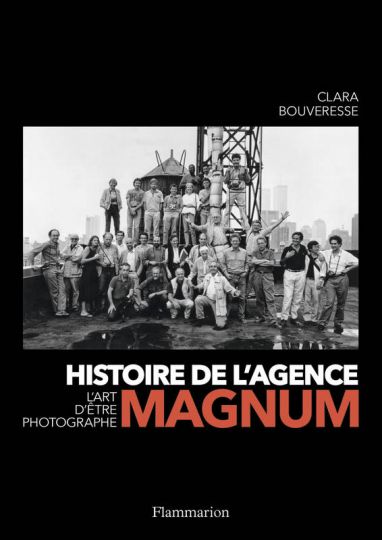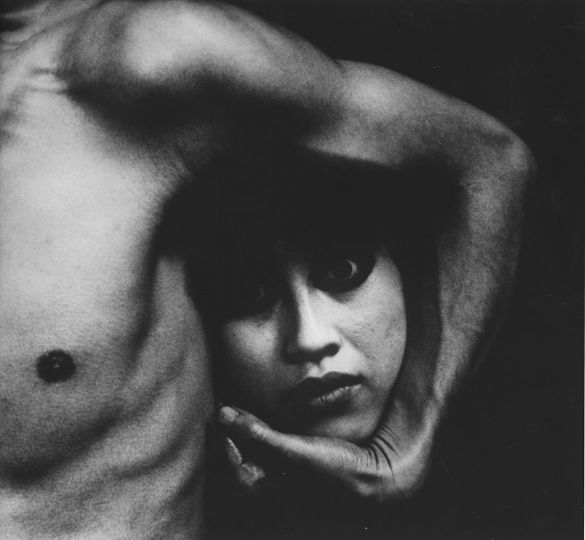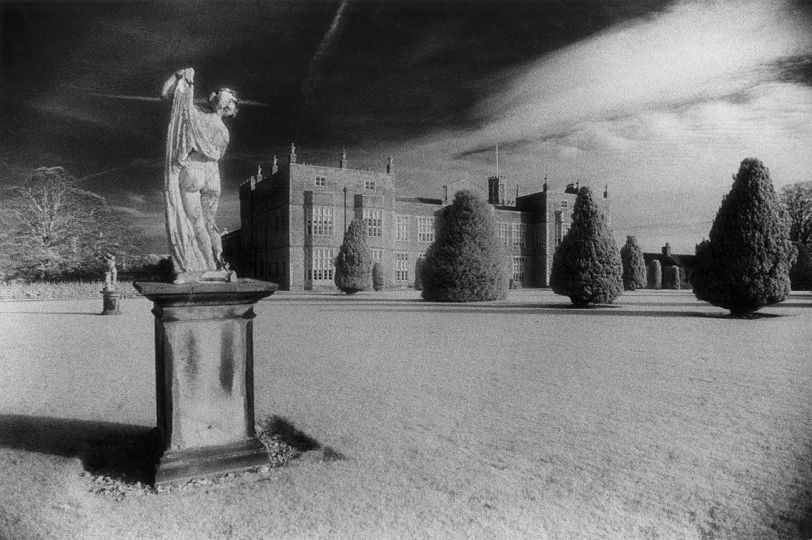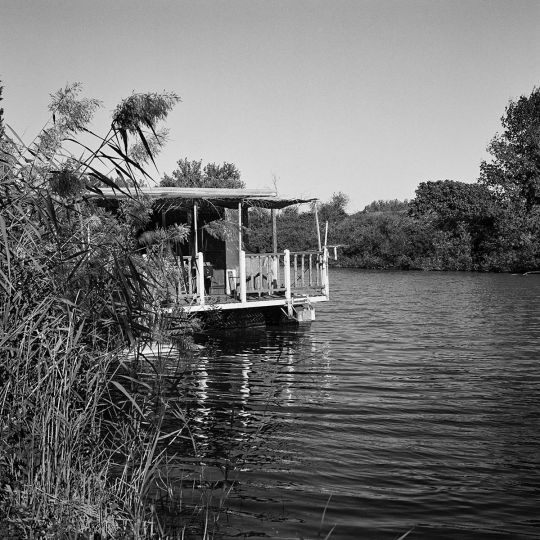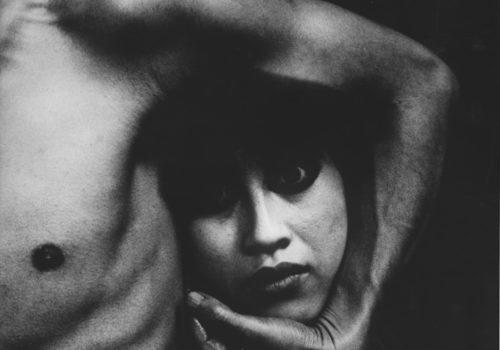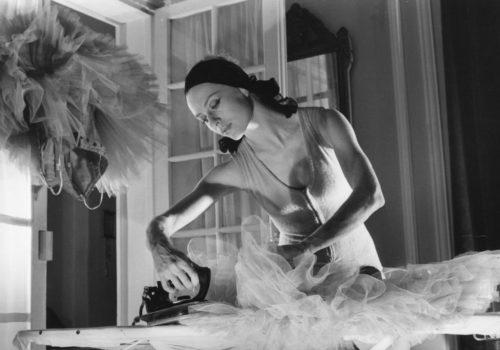The Magnum photos Agency, created in Paris and New York in 1947, is celebrating its seventieth anniversary this year. Clara Bouveresse’s book, Histoire de l’agence Magnum: L’Art d’être photographe, published by Flammarion, outlines the evolution of this famous cooperative. We present an exclusive selection of excerpts that show us the inner workings of the agency in three episodes.
Like every year, the members of Magnum are gathering this summer to pick new photographers, in search for original ways of looking and for promising talent. While there are no explicit selection criteria, since the agency was created the photographers have had a hard time agreeing on the choice of future members. Clara Bouveresse comments:
“How do Magnum members recognize the best among their fellow photographers? In 1947, Chim characterized as follows two photographers who, he thought, best met the agency’s requirements: ‘young, intelligent, smart, daring, enterprising, sweet like we all are.’ At Magnum, it’s not just the images produced, subjects covered, and the formal qualities that count. The photographer’s personality is of crucial importance: members seek collaborators they can work with and that will continue building the agency.
Ever a pragmatist, Robert Capa expressed his ‘favor to people who are alright, who have their own ideas, don’t take up too much space or money or time and take pictures instead of crying.’ Candidates should be able to support themselves rather than burden the agency with debt. Magnum must always have an influx of ‘so-called young photographers,’ and Robert Capa never thought twice about inviting fresh faces, such as Marc Riboud or the model Suzie Parker. These enthusiastic young photographers, likely to commit heart and soul, seemed more promising than some well-established ‘big names.’
In 1950 Magnum considered merging with the New York agency Scope. The six members of Scope were also its shareholders. Their lab enjoyed considerable renown. The idea was to invite Franz Fuerst, the editor at Pix, another struggling agency, as the head of the newly formed entity. Robert Capa and George Rodger were in favor of the project, and five Scope photographers decided to join Magnum. Maria Eisner, the director of the New York office, expressed doubts about the wisdom of such a merger: ‘I still have the same faith in that common baby of ours […] I have never wanted to run a department store and I do not want to now.’ In the end, following lengthy negotiations, the project fell through.
The Magnum photographers learned a lesson from this aborted experience. It allowed them to hone the agency’s principles, in particular the importance of independent production. Their colleagues at Scope used to work on assignments, and could not understand the emphasis Magnum placed on editorial research and perspective. For Robert Capa, Magnum is a suitable place only for enterprising, industrious photographers, willing to work freelance.”
Histoire de l’agence Magnum: L’art d’être photographe
Published by Flammarion
€35


